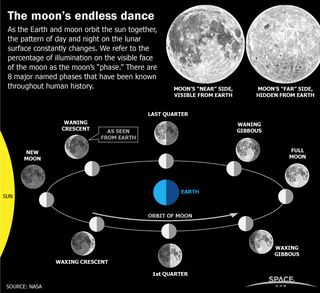Infographics
Latest Infographics

1st American in Orbit: How John Glenn (And NASA) Made History (Infographic)
By Karl Tate published
See how John Glenn's Mercury mission put the first American in orbit in 1962 in this SPACE.com infographic.

Meet Proxima b: The Closest Exoplanet We Know Explained (Infographic)
By Michael Reis published
In August 2016, astronomers announced that a potentially Earth-like planet orbits Proxima Centauri, the closest star to the sun. Learn about the exciting discovery in this infographic.
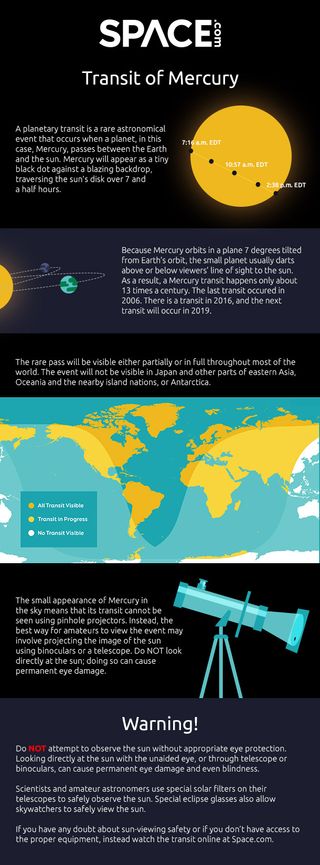
Mercury Transit of 2016: A Rare Celestial Sight Explained (Infographic)
By Alan Eilander published
On May 9, 2016, Mercury crosses the face of the sun in a solar transit. See how Mercury transits work in our full infographic here.
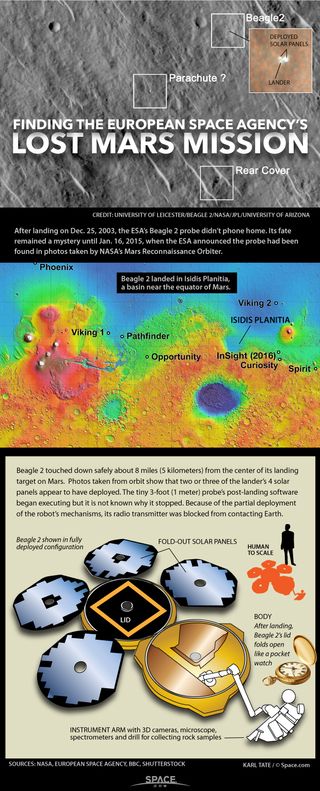
Beagle 2 Mars Lander: How It Was Lost and Found on Red Planet (Infographic)
By Karl Tate published
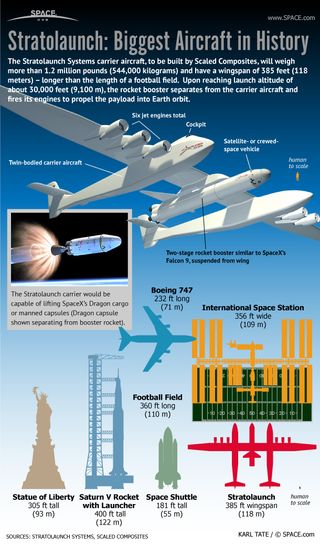
Stratolaunch: Biggest Aircraft in History to Launch Spaceships (Infographic)
By Karl Tate published
Paul Allen's Stratolaunch Systems plans to build a giant carrier vehicle in order to air-launch rockets to Earth orbit.
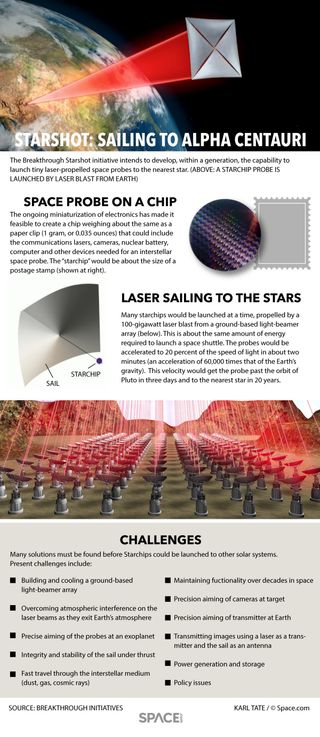
How Breakthrough Starshot's Interstellar Probes Would Work (Infographic)
By Karl Tate published
Postage-stamp-sized space probes could make a flyby of planets around Alpha Centauri within 20 years after launch.
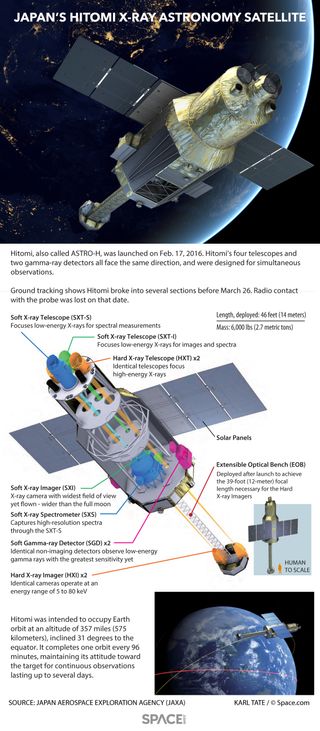
Hitomi: Japan's X-Ray Astronomy Satellite Explained (Infographic)
By Karl Tate published
Learn all about the X-ray astronomy satellite Hitomi, a satellite built by the Japan Aerospace Exploration Agency that launched in February 2016 and fell silent just over a month later.
Breaking space news, the latest updates on rocket launches, skywatching events and more!


